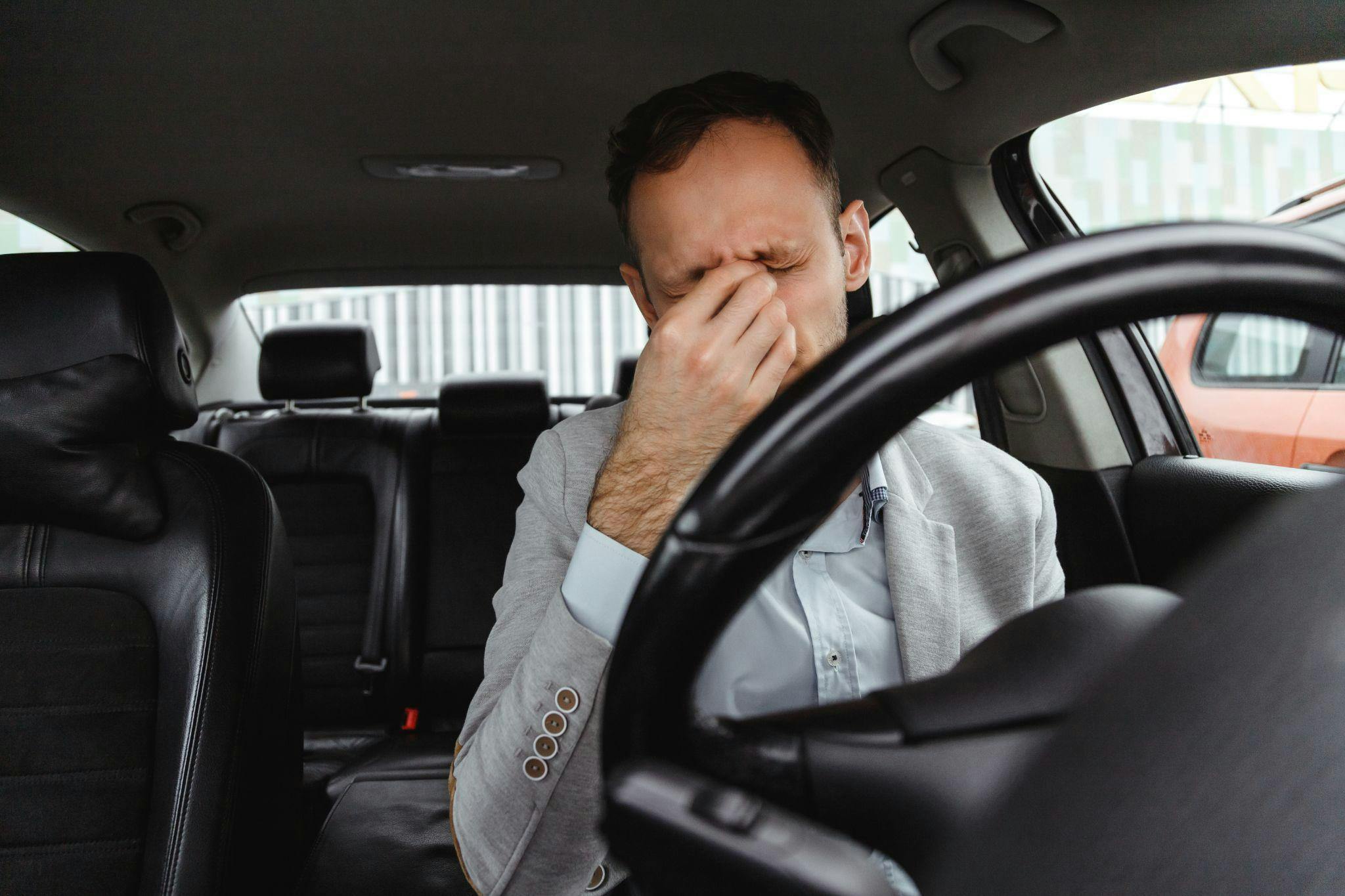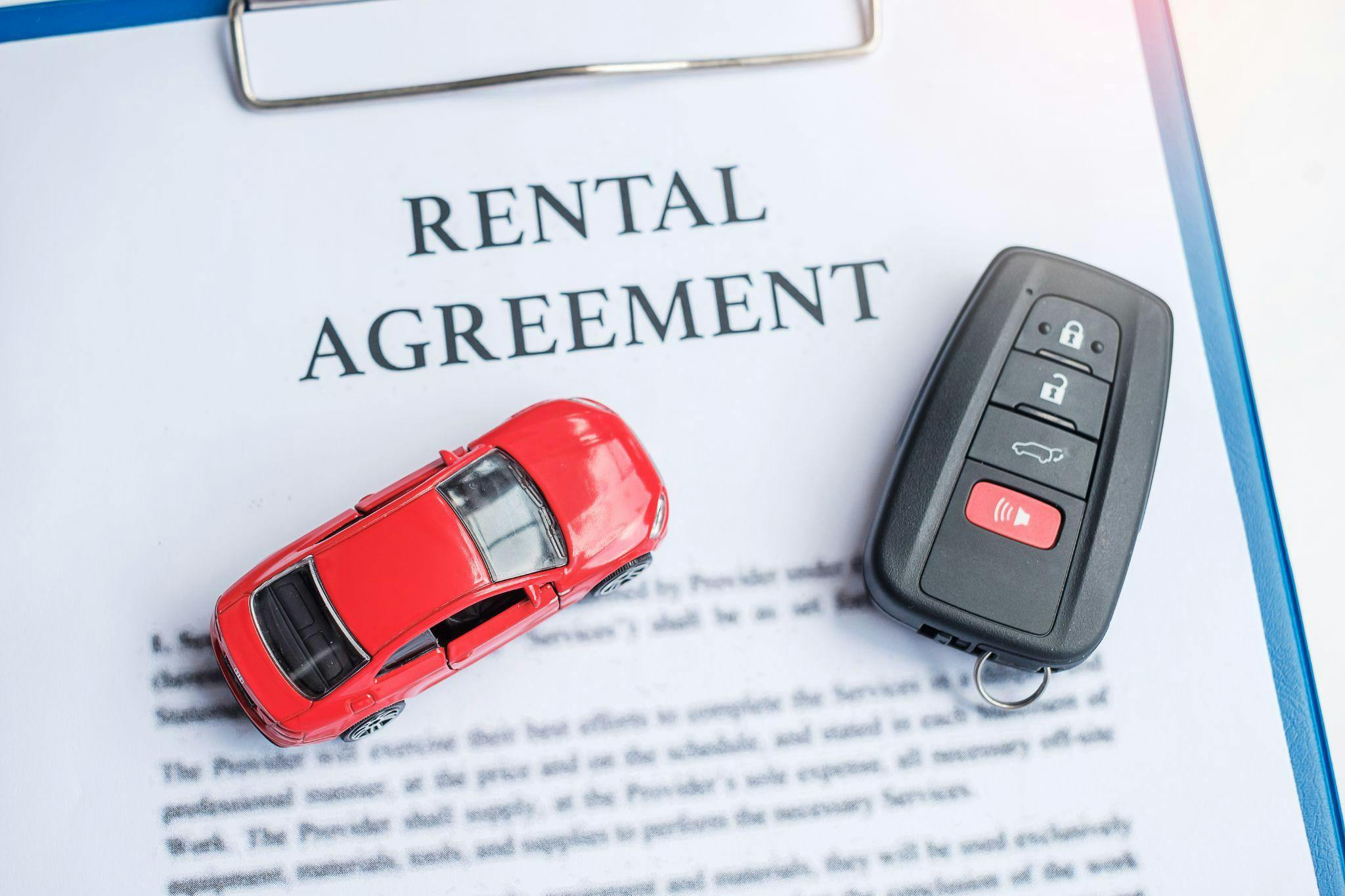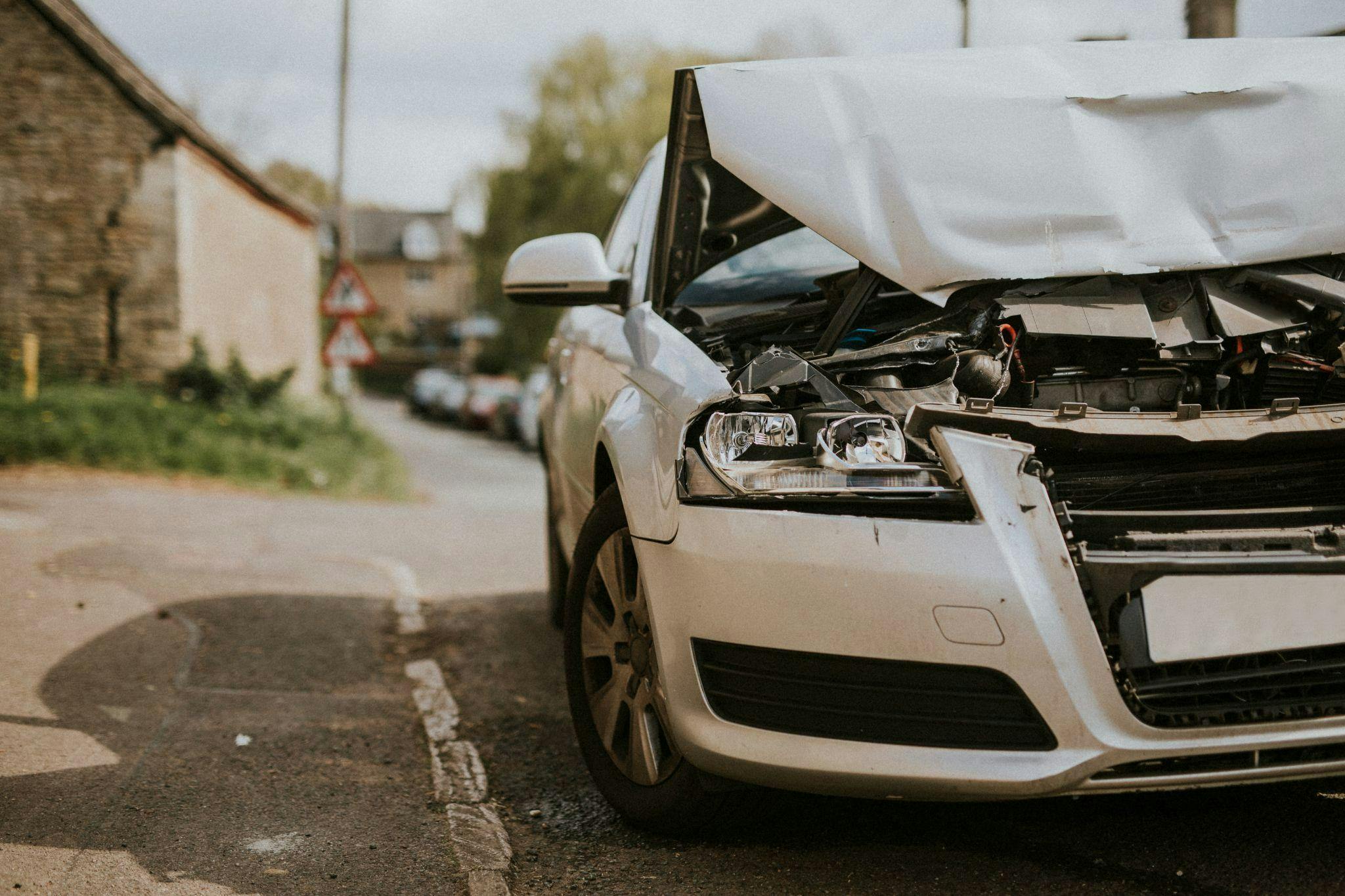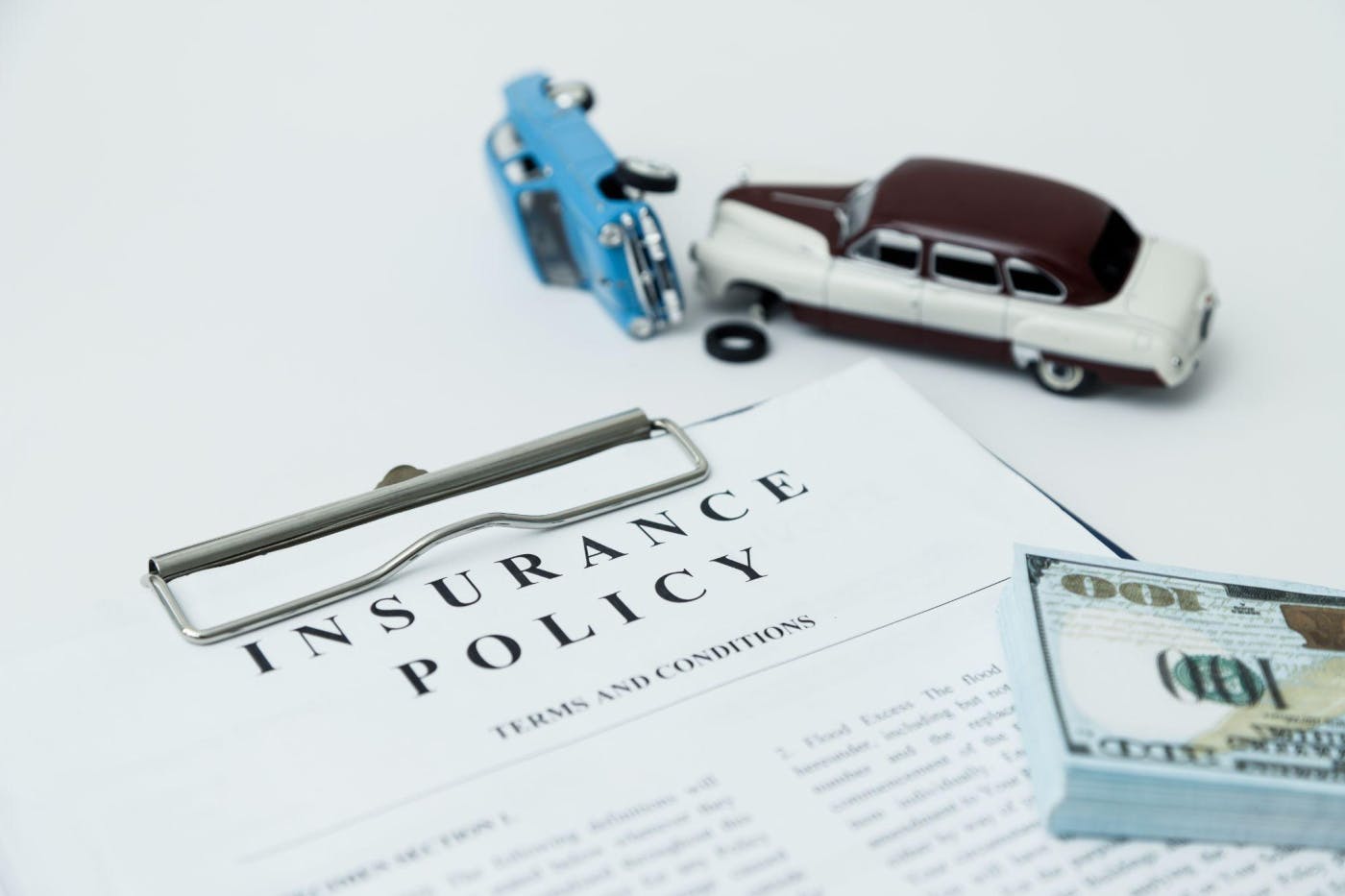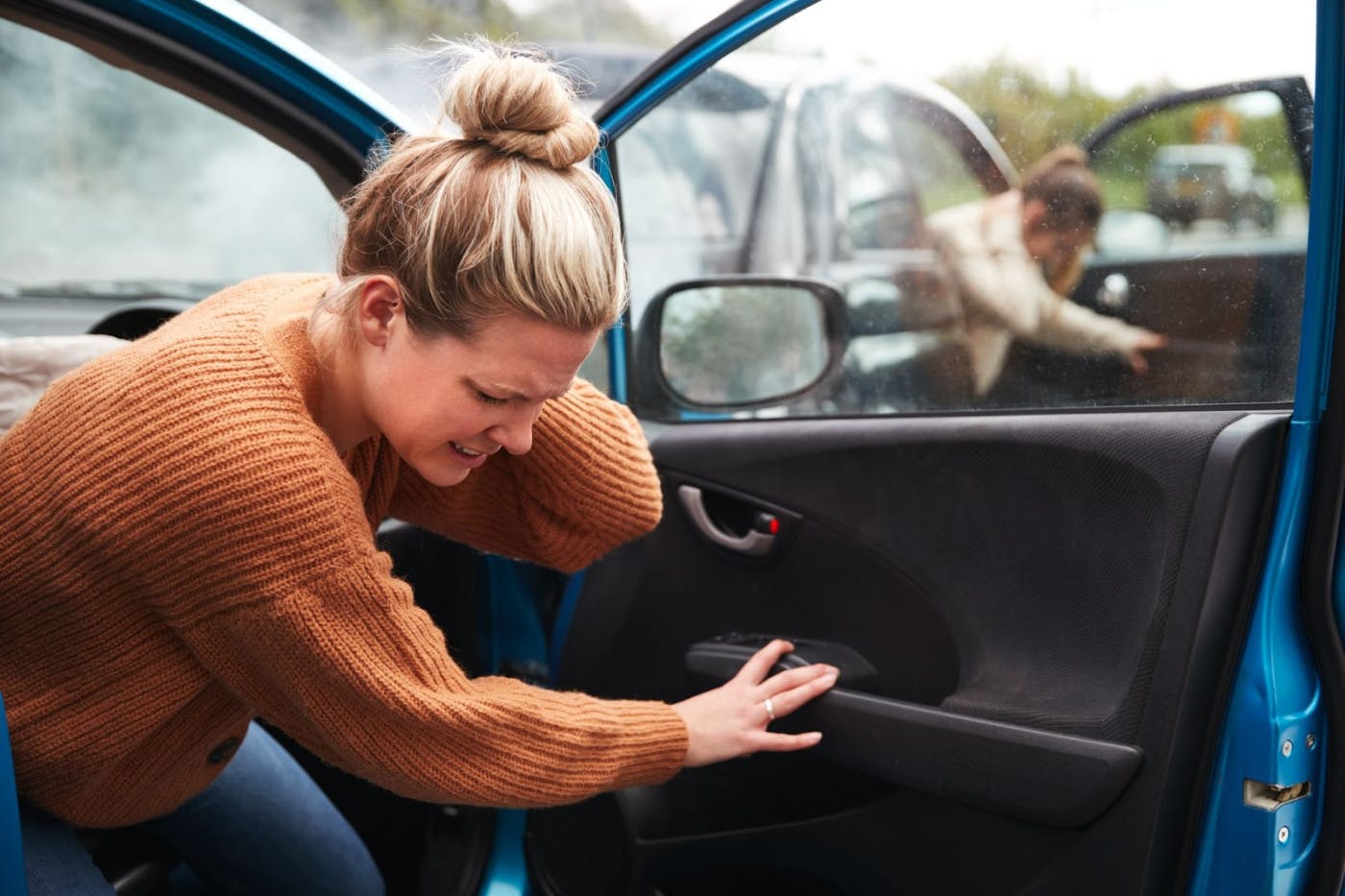Bad Weather Ahead in Minnesota: Did You Know You Are Legally Obligated to Drive Safe?
For those of us living in Minnesota, a winter snow storm can cause driving anxiety. We anxiously watch the news, visit weather.com and try to stay informed about what lurks ahead. These precautions make sense because various conditions such as ice, heavy snowfall and freezing temperatures, can drastically increase the possibility of a car accident. But did you know that bad weather also increases a driver’s legal responsibility to protect others as well? When a winter storm hits and you must venture out onto the roads, you may have to adjust some of your driving habits to protect yourself and those around you. After practicing personal injury law for nearly 30 years, I’ve seen way too many tragic mistakes caused by winter driving negligence.From a legal standpoint, we look to see if a driver was negligent when assessing responsibility. Negligence is generally defined as “the failure to exercise such care as a person of ordinary prudence would usually exercise under the same or similar circumstances.” For example, if you are driving on an icy road with the posted speed limit at 55 mph but are having problems maintaining control, you can be found negligent in a crash even if driving at the posted speed. If you are found negligent, you may be responsible for everything that happens in a crash, including property damage, medical bills, wage loss as well as pain, suffering and emotional distress. The best way to avoid an accident and legal liability is to simply drive safe. Here are some tips from the Minnesota Department of Public Safety on how to stay safe while driving in bad winter weather:
-Avoid unnecessary travel if conditions are poor.
-Buckle up and make sure child restraints are tightly secured. It is recommended to use bulky clothes and blankets on top of the child restraint harness, not beneath, to ensure harness restraints fit properly.
-Drive at safe speeds according to road conditions, and provide for plenty of travel time.
-Increase safe stopping distance between vehicles.
-Use extra precaution when driving around snowplows by keeping at least five car-lengths behind plows.
-If skidding, remain calm, ease your foot off the gas and turn the steering wheel in the direction you want the front of the vehicle to go.
-If your vehicle has an anti-lock braking system (ABS), apply a steady firm pressure to the brake pedal. Never pump ABS brakes.
-Clear snow and ice from vehicle windows, hood, headlights, brake lights and directional signals.
-Headlights must be turned on when it is snowing or sleeting.
-Do not use cruise control on snowy/icy/wet roads.
-Equip vehicles with a scraper/brush, small shovel, jumper cables, tow chain and a bag of sand or cat litter for tire traction. Blanket(s), heavy boots, warm clothing and flashlights are also important, as are storing high-energy foods such as chocolate or energy bars.
-Be sure cell phones are charged for long trips, and inform family of destination plans and schedule.
-If stranded, stay in the vehicle.
-Parents of teen drivers should make sure new motorists experience snow and ice driving in a safe environment, such as an empty parking lot.
-For weather-related road condition information, call 5-1-1 or visit www.511mn.org
Bottom line: Weather does play a role in impacting your responsibility to others, so keep safe driving in mind and remember that your legal responsibility can change with each and every snowfall. With more than 25 years of experience dealing exclusively with personal injury accidents, I would be happy to assist and answer any questions regarding this area of the law. I’m a senior trial specialist, have been awarded “Best Lawyers in America,” and have been recognized by Thomsen Reuters as a Super Lawyer every year since the inception of the award. If you have questions, feel free to call me at 952-469-2288 or email me at art@knowyourrights.com.




